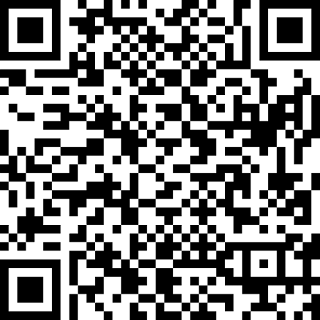JAVA
Computer & Programs :
Programing
means to create a software which is contain the instructions that
tell the computer or any other computerized device what to do , and
this
instructions
called the program , so the program is a set of instructions that are telling the computer what to do , in order to do some tasks
Computer
is an electronic device that stores and processes data ,and it is
consist of hardware and software
The
hardware of the computer contain
A
central processing unit (CPU) >> the computer’s brain and
it’s contain of two main units ( the control unit which is
coordinating the action , and the logic unit which is performs the
numeric operations
Memory
store the programs and its data
I/O
devices
Communication
devices , which are help the computer to networking and communicated
with the other computers and computerized devices
Storage
devices
The
software which are the programs and software that are stored in the
computer
Programing
languages :
The
computer can’t understand the human language , so to make the human
communicate with the computer they must use some language that the
computer can understand
Machine
Language : is the computer language that its instructions written in
binary code just as 01101100
Assembly
Language : Assembly language uses a short descriptive word, known as a
mnemonic,
to represent each of the machine-language instructions
Assembler
: is a program that used to translate assembly-language program into
machine code
Assembly
Language known as low level programming language because it’s
close in the nature to machine language & is machine dependent
High
level programing languages
Start
at 1950s
Platform
dependent which means you can write your program and run it in
different types of machines
Just
as English text
EG : area =9*9*3.14159
High level programing language as
Java
++C
#C
python
C
Cobol
Pascal
Basic
Introduction
to java
Java
is a powerful and versatile programming language for developing
software running on mobile devices, desktop computers, and servers.
developed
by a team led by James Gosling in 1991 at Sun Microsystems. Sun
Microsystems was purchased by Oracle in 2010 , was called Oak , and
renamed to java at 1995
Java
is a full-featured, general-purpose programming language
Java
initially became attractive because Java programs can be run from a
Web browser applets
The
application
program interface (API),
also known as library,
contains predefined classes and interfaces for developing Java
programs ,and it’s still expanded
Java
Development Toolkit is called JDK , set of separate programs, each
invoked from a command line, for developing and testing Java programs
Instead
of using the JDK, you can use a Java development tool (e.g.,
NetBeans, Eclipse, and TextPad) software that provides an integrated
development environment (IDE) for developing Java programs quickly







